Don't hesitate to send a message
Web Menu
Product Search
Exit Menu
Applications of High Temperature and Cryogenic Liquid Level Sensors Across Varied Environmental Conditions
Liquid level sensors play a crucial role in a wide range of industries, from pharmaceuticals to petrochemicals, where precise monitoring of liquid levels is essential for safety and operational efficiency. Among the diverse array of liquid level sensors available, high-temperature and cryogenic liquid level sensors stand out for their ability to operate reliably in extreme environmental conditions.
High Temperature Liquid Level Sensors:
High temperature liquid level sensors are specifically designed to withstand elevated temperatures commonly encountered in industrial processes such as chemical manufacturing, metal smelting, and power generation. These sensors utilize robust materials and advanced technologies to ensure accurate and reliable performance in high-temperature environments.
In industries where temperatures can exceed several hundred degrees Celsius, such as steel production or glass manufacturing, high temperature liquid level sensors are indispensable for monitoring liquid levels in tanks, vessels, and pipelines. These sensors are engineered to withstand thermal expansion, thermal cycling, and exposure to corrosive substances, ensuring long-term reliability and safety.
Furthermore, high temperature liquid level sensors find applications in thermal power plants, where they play a critical role in monitoring water levels in boiler drums and steam generators. By providing accurate and timely level measurements, these sensors help prevent overheating, boiler damage, and potential safety hazards.
Cryogenic Liquid Level Sensors:
In contrast to high temperature environments, cryogenic environments present unique challenges due to extreme cold temperatures and the potential for materials to become brittle or lose flexibility. Cryogenic liquid level sensors are specifically designed to operate reliably in these low-temperature conditions, making them ideal for applications in industries such as aerospace, medical imaging, and liquefied natural gas (LNG) production.
One of the primary applications of cryogenic liquid level sensors is in LNG storage and transportation facilities, where they are used to monitor the level of liquefied natural gas in storage tanks and tanker ships. These sensors must withstand temperatures as low as -162 degrees Celsius (-260 degrees Fahrenheit) while providing accurate and reliable level measurements to ensure safe handling and storage of LNG.
Additionally, cryogenic liquid level sensors find applications in scientific research laboratories and medical facilities, where they are used to monitor the level of cryogenic liquids such as liquid nitrogen or liquid helium. These sensors enable precise control and monitoring of cryogenic processes, such as cooling systems for superconducting magnets or cryopreservation of biological samples.
In conclusion, high temperature and cryogenic liquid level sensors play vital roles in a wide range of industries, providing accurate and reliable level measurements in extreme environmental conditions. Whether monitoring liquid levels in high-temperature processes or cryogenic storage facilities, these sensors demonstrate versatility, reliability, and adaptability across diverse applications. As industries continue to push the boundaries of temperature extremes, the demand for high-performance liquid level sensors capable of operating in these environments will only continue to grow.
These sensors represent critical components in ensuring operational safety, process efficiency, and environmental compliance across various industries. As technology continues to advance, we can expect further innovations in the design and functionality of high temperature and cryogenic liquid level sensors, driving improvements in reliability, accuracy, and durability. With their ability to withstand extreme environmental conditions, these sensors will continue to play pivotal roles in diverse applications, from energy production to scientific research, for years to come.
-
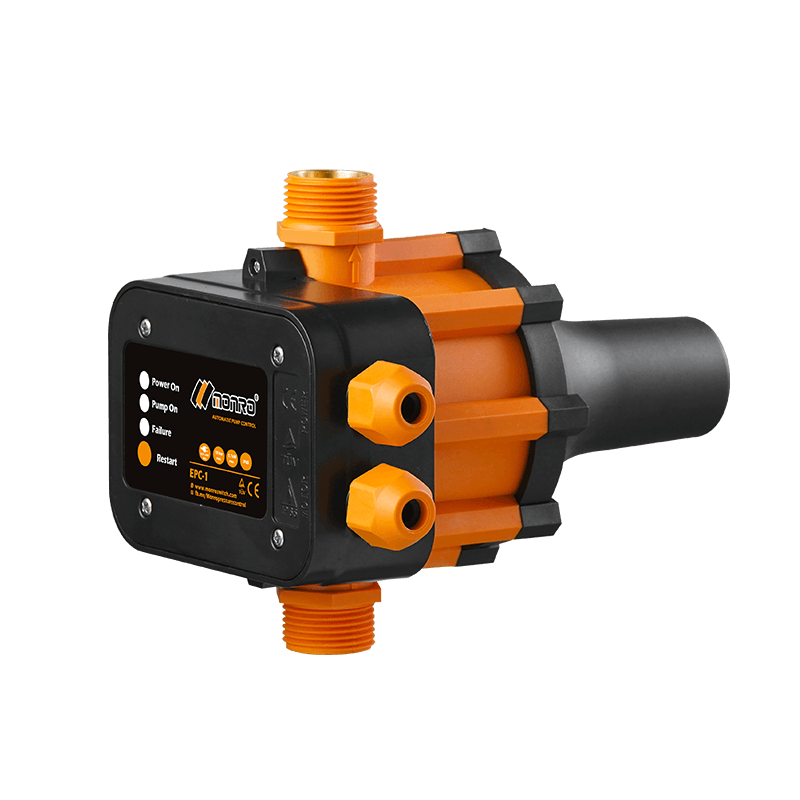 EPC-1
EPC-1Monro EPC-1 model pump controller is the classic and basic type, was loved by user in the global mar...
-
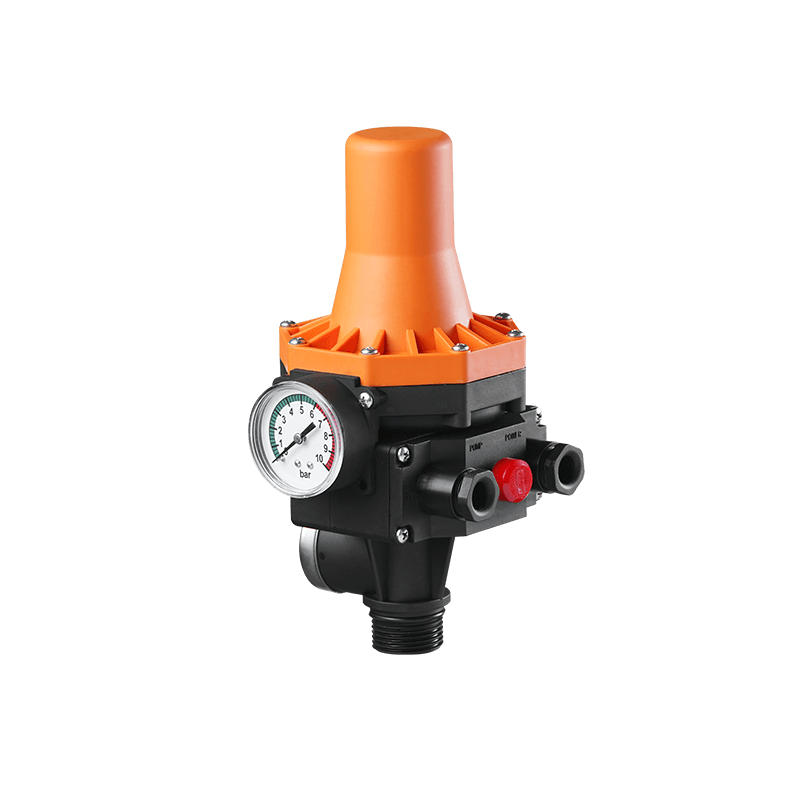 EPC-3
EPC-3Monro EPC-3 spain design auto on and off press control, an intelligent and economical system designe...
-
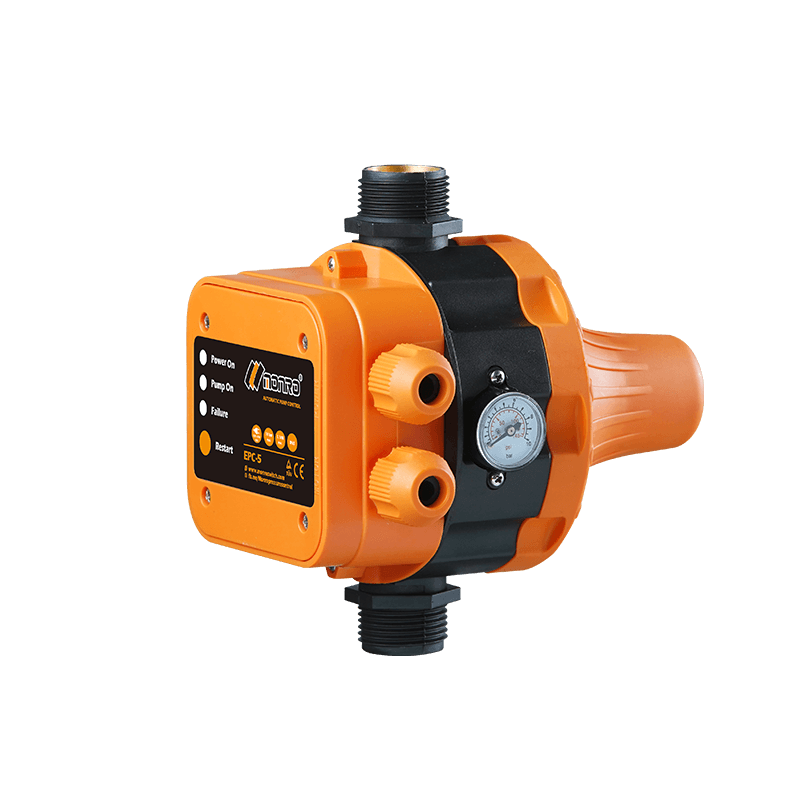 EPC-5
EPC-5Monro EPC-5 model automatic pump control, a device which assembled on the water pump (recommended si...
-
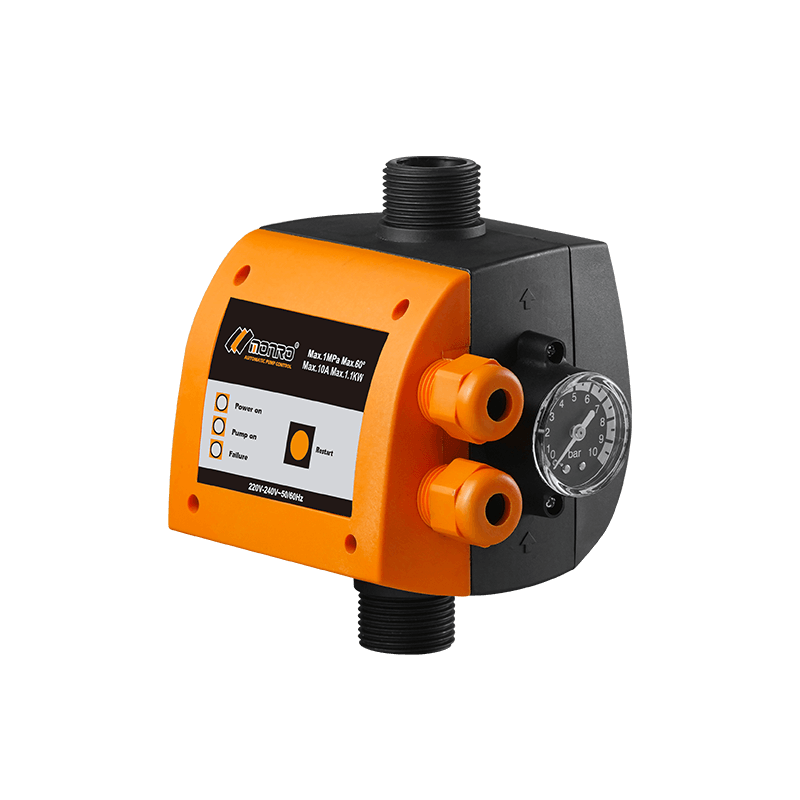 EPC-9
EPC-9Monro EPC-9 model pressure controller, is a big power device for automatic control and protection of...
-
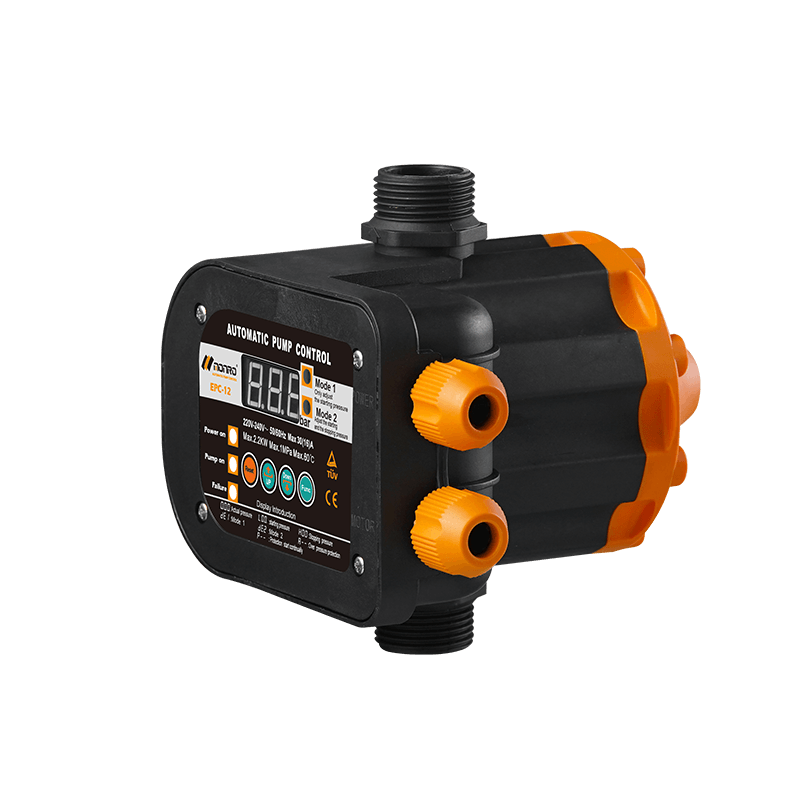 EPC-12
EPC-12Monro EPC-12 smart top-level automatic pump control is a multi-function model combined with traditio...
-
 EPC-14
EPC-14Monro EPC-14 model pressure control is a big power device for automatic control and protection of el...
-
 EPC-15
EPC-15Monro EPC-15 model automatic pump control, a device which assembled on the water pump (recommended s...
-
 EPC-16
EPC-16EPC-16 is the new patent pump controller by Monro. Its key highlight is tooless (manual knob) start...
find our office
Committed to providing professional pressure control solutions for various types of water pumps and air compressors.

 简体中文
简体中文 English
English Español
Español



